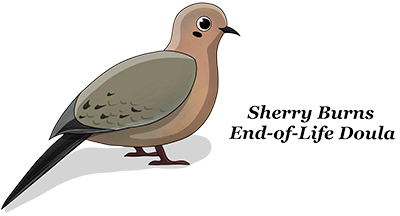Kvetching Order (aka Ring Theory)
Names have been changed to protect and respect the privacy of people in events recounted on this web site.
In 1990 a very close friend of mine died after a year-long battle with renal cancer. Upon diagnosis, Arthur’s doctor told him he had about a year. He chose not to tell anyone, not even his wife and children. He wanted a year to live a normal life; he didn’t want people to be sad and fussing over him. Certainly, his family and friends noticed his deteriorating health, but when asked, he simply replied he was fine. Only when he was admitted to the hospital a year later did his family learn of his condition.
Arthur was like a father to me. We had worked together for many years, and I adored him. The news of his imminent death broke my heart. I put on a brave face and went to see him. It was evening, and his family had gone home for the night, so we were alone. We chatted about superficial things, but eventually my sadness bubbled up and overflowed. I burst into tears and mumbled something about not knowing how to live without him.
Growing up, expressing emotions wasn’t encouraged or honored in my family. So, I thought my outburst somehow was brave and strong and honest. As I cried at his bedside, Arthur mustered the energy to offer a reply: “This is exactly what I didn’t want happening.” Tears escaped his eyes and rolled down his face.
I was mortified and floundered to apologize for upsetting him. Stunned, I thought it best to leave since I was the instigator of this emotional unraveling. I apologized again and said goodbye. When I got home, I realized that that emotional scene and the knowledge that I had upset him would be the last memory I would have of my dear friend. Over and over, I asked myself “What have I done?”
So, reflecting on this thirty years later, what could I have done differently?
Clinical psychologist Susan Silk and author Barry Goldman invented a concept for giving and receiving support called Ring Theory (also known affectionately as the kvetching order). In their theory, the person in crisis is at the center of a series of concentric rings. Immediate family are in the first ring out from the center, close friends in the next, colleagues and more removed friends in the next, and so on. The rule in ring theory is to provide love and support to anyone closer to the center than you and to kvetch and seek support from anyone in your ring or further out.
With Arthur, I could have understood my own grief and sought support from those in my ring. Had I done my weeping and kvetching outward from me, I could have been in a better place when I went to see him. I could have provided him support instead of seeking it from him.
If you’re interested in reading more about ring theory, check out this article in Psychology Today.
P.S. Although the memory of that visit with Arthur haunted me for a long time, I was able to make new memories with him that were very healing. One of my favorite books is A Prayer for Owen Meany by John Irving. The book is about love and loss and is filled with poignant scenes as well as funny ones. On a few sunny days after Arthur’s death, I spread out a beach towel alongside his grave and read to him. I cried with him through the sad parts but also shared some great laughs during funny ones. I think Arthur and I are good now.
